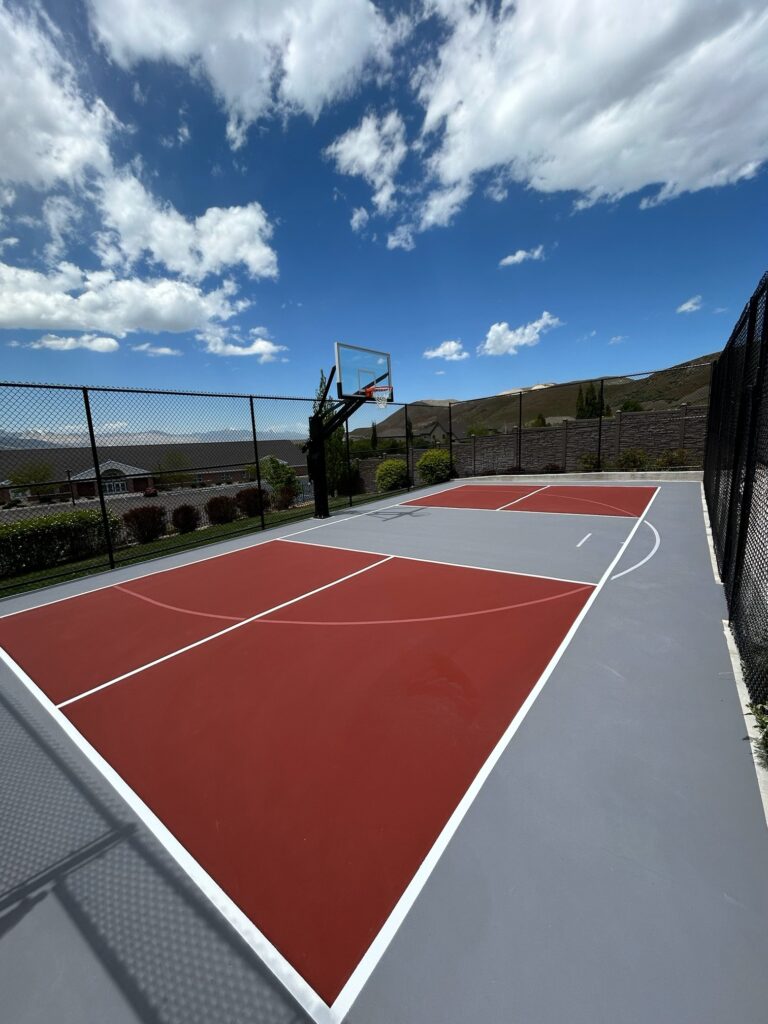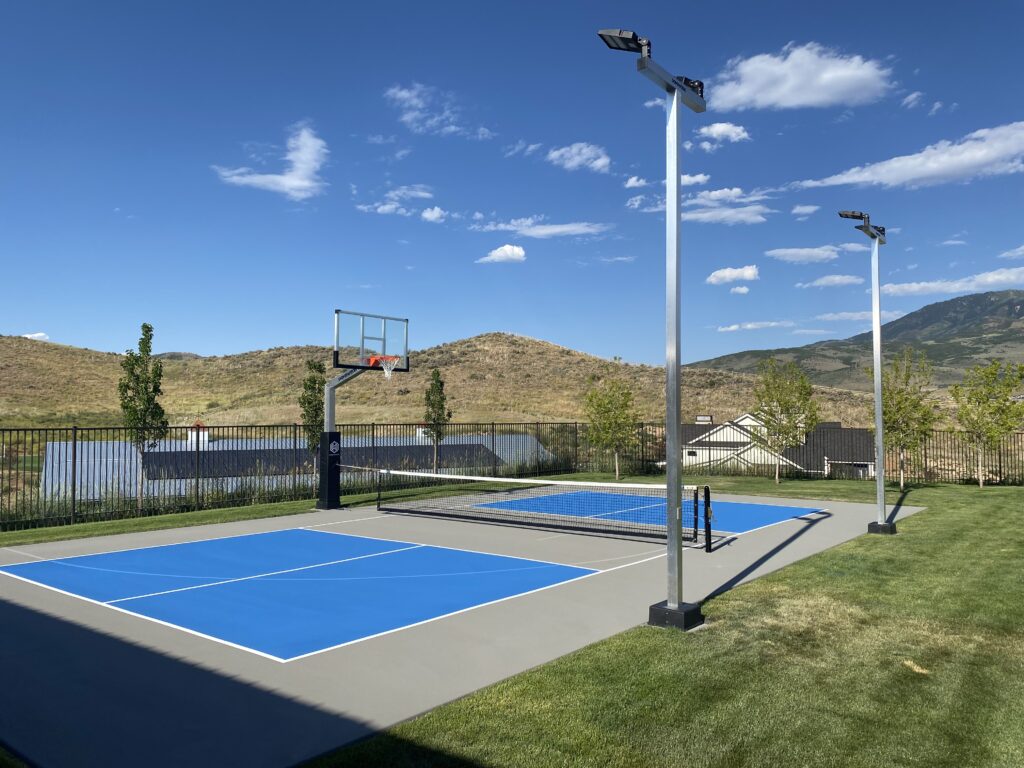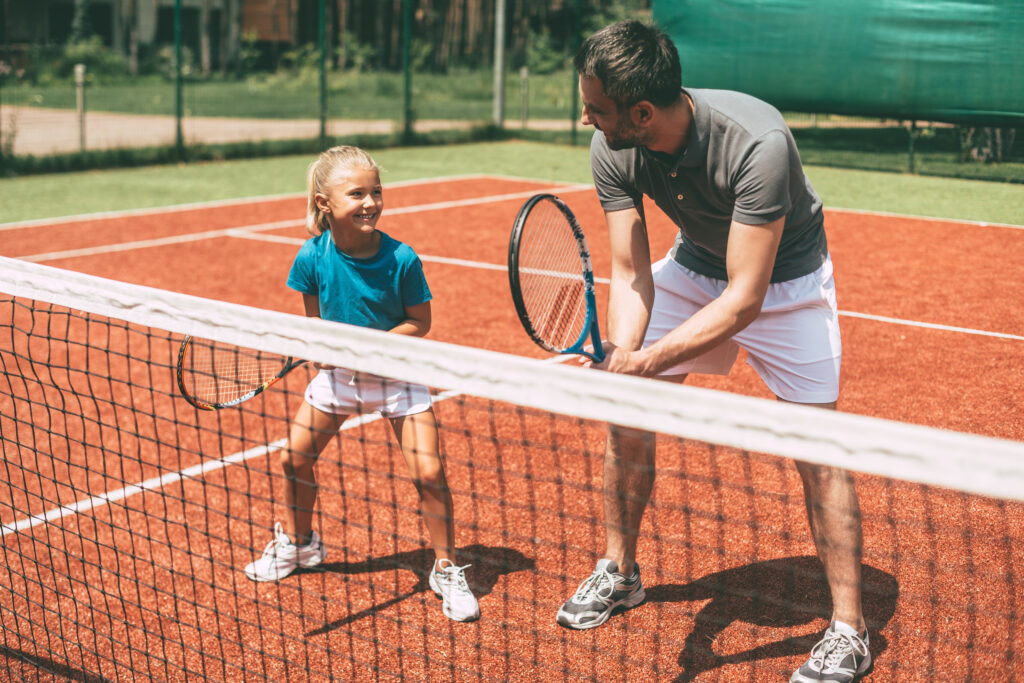When installing a court, it is important to protect the surface from weather, stains, and other damage. Court surfacing is crucial to the longevity of your court and allows you to enjoy physical exercise for years to come. When you prepare courts for surfacing, you ensure that many sports can be enjoyed by players of all skill types and ages for many years. Whether you are looking to install a completely new court or need to resurface an existing one, here are the steps you need to follow for success.
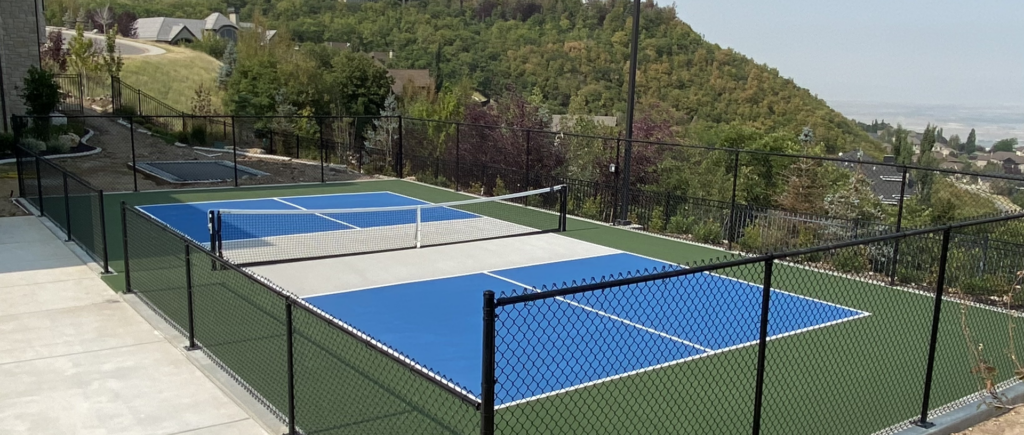
Choosing An Optimal Location
For a new court installation, choosing the right location is crucial. Finding a sustainable location means finding a space with proper drainage, the right sun exposure, soil stability, slope, and enough space for safety. In order to prepare courts for surfacing, homeowners or city officials will need a lot of strategic planning and understanding the surrounding landscape.
Measuring the space is also important to keep everyone safe and protect your home. Mark boundaries and leave a buffer of space around your court just to keep observers from flying equipment. Ensure you have enough space for any sport you would like to play. Sports like basketball and tennis will need a larger court than sports like pickleball.
Clearing And Excavation
Once you have determined a location, you may need to do some landscaping to ensure the court is level and stable. Before installing a court or resurfacing your old one, clear trees, shrubs, boulders, and other debris that could make it hard to access the court. Clearing these landscaping elements will help ensure the longevity of the court material while also helping create a safer gameplay area.
Installing a draining system is another necessary step to prepare courts for surfacing. Preventing water accumulation keeps your court durable for longer. Preventing moisture build-up is also crucial for the coating to adhere to the surface.
Make Necessary Repairs
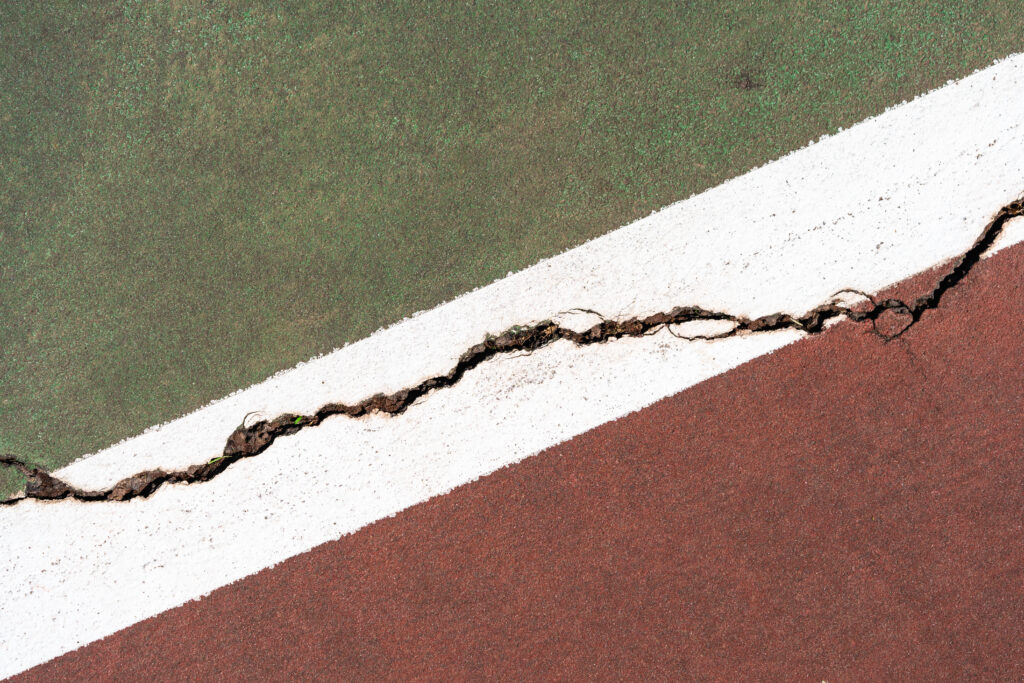
Existing courts will need to be repaired before resurfacing if you want the coating to last. Repairing cracks, dents, or other issues should be done to prepare courts for surfacing. Doing research on appropriate patching materials and how to prevent damage to your court is essential to a durable court. Making the necessary repairs before a coating will make the investment last longer and thus, more worth it.
Apply Primer And Sealant
Just like other surfaces, using a primer will help paint and coatings adhere properly. Depending on what subsurface you choose, a primer is necessary to apply a coating at all. Once the primer is applied and dried, you can then seal the surface. Resurfacing a court involves multiple steps to ensure that the space lasts through heavy wear and tear.
Research Additional Coating Options
Additional coatings like paint or polyurethane coatings offer a smoother finish. These are applied after a primer and sealer as they are what should be visible to players. Some of the additional coatings add more shock absorption to the court.
For sealants and additional coatings, you may need to apply multiple layers to achieve the desired thickness and finish. Allow each layer to fully cure before applying another.
Line Marking
The final step in court surfacing is to paint marker lines. Lines are helpful when playing different sports when keeping score and knowing where to hit the ball. Measuring is important when painting lines to know where to install netting, fencing, and ensure safe gameplay.
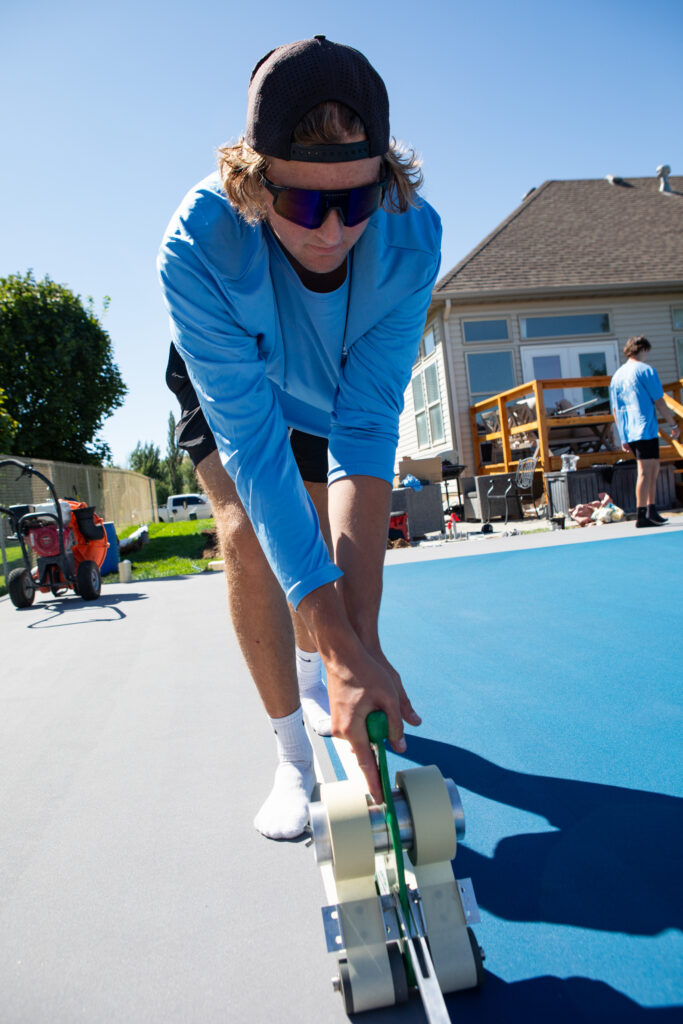
The Surfacing Process From Pickle Court Surfacing
Our team of experts is here to help you restore your court with ease. Not only do we install regulation courts, but we also offer resurfacing for courts that are damaged. Many courts need resurfacing after 4-8 years, to help keep them usable. Pickle Court Surfacing can advise you on what maintenance you need for your specific court or if you are due for resurfacing.
Court resurfacing helps to prevent debris accumulation that can lead to injury on a court. Whether you have a basketball court or pickleball court, we can help upgrade your recreational space. Contact us to get started today!

